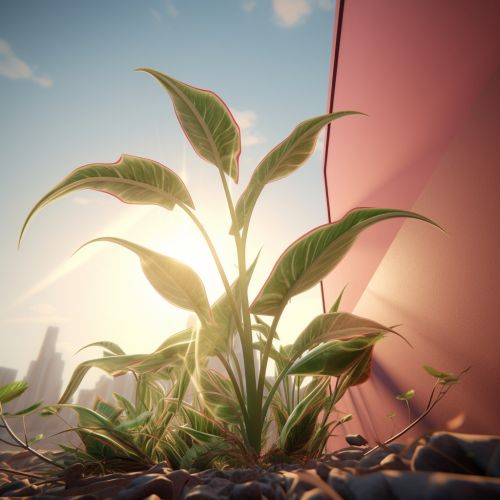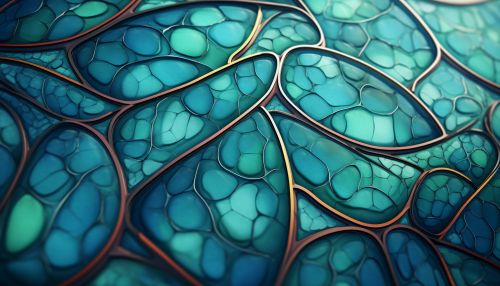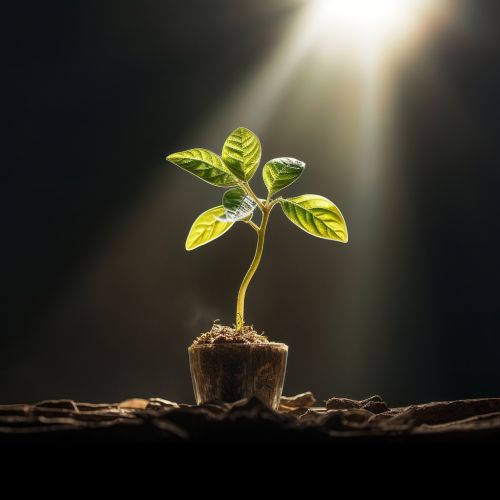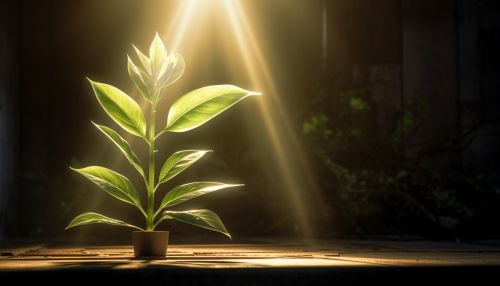The Biological Mechanisms of Plant Phototropism
Introduction
Phototropism is a biological phenomenon observed in plants, where growth direction is influenced by the direction of light. This process is a critical component of plant development, enabling the plant to maximize exposure to sunlight, which is essential for photosynthesis. The biological mechanisms underlying phototropism involve complex cellular and molecular processes, including light perception, signal transduction, and differential cell growth.
Light Perception


The first step in phototropism is the perception of light, which is mediated by specialized photoreceptor proteins in plants. These photoreceptors, known as phototropins, are blue-light receptors that play a crucial role in regulating plant responses to light. Phototropins are located in the plasma membrane of plant cells, particularly in the shoot tip, also known as the apical meristem.
Upon exposure to blue light, the phototropins undergo a conformational change, activating their kinase activity. This activation triggers a series of downstream events that ultimately lead to the bending of the plant towards the light source.
Signal Transduction


The activation of phototropins initiates a signal transduction pathway, which involves the transmission of the light signal from the photoreceptors to the plant cells responsible for growth. This pathway is complex and involves several components, including secondary messengers, protein kinases, and ion channels.
One of the key players in this pathway is a group of proteins known as auxins. Auxins are plant hormones that regulate various aspects of plant growth and development, including cell elongation, which is crucial for phototropic response. Upon light perception, auxins are redistributed towards the shaded side of the plant, creating a differential growth effect.
Differential Cell Growth


The redistribution of auxins towards the shaded side of the plant leads to differential cell growth, with cells on the shaded side growing faster than those on the illuminated side. This differential growth causes the plant to bend towards the light source, a process known as phototropic curvature.
The exact mechanism by which auxins promote cell elongation is still a subject of ongoing research. However, it is believed that auxins stimulate the activity of proton pumps in the cell membrane, leading to acidification of the cell wall and subsequent loosening of the cell wall structure. This loosening allows the cell to elongate, contributing to the bending of the plant stem.
Conclusion
Phototropism is a fascinating example of how plants adapt to their environment to optimize their growth and survival. The biological mechanisms underlying phototropism involve a complex interplay of light perception, signal transduction, and differential cell growth. Understanding these mechanisms not only provides insights into plant biology but also has potential applications in agriculture and horticulture.
